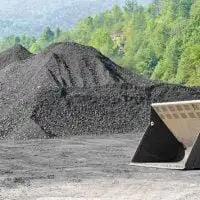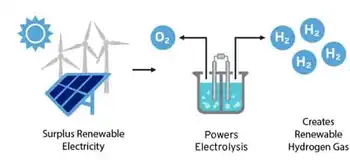U.S. renewable goals too aggressive: PPL exec
WASHINGTON, D.C. - The United States will not be able to meet the national renewable power mandates currently being considered in Congress, the chief executive of power company PPL Corp (PPL.N) said.
"We have to be realistic about understanding the pure and simple realities of various states across the country and what level of renewables will be able to come to market," PPL chief executive officer James Miller said at a press briefing.
He said the United States may be able to produce 20 percent renewable power in 20 to 25 years, a much slower pace than lawmakers have proposed.
The Senate Energy and Natural Resources Committee is set to vote on a bill that would require power plants to generate 15 percent of electricity from renewable sources such as wind and solar between 2021 and 2039. Power plants could meet a quarter of the goal through energy efficiency savings.
In the House, a climate change bill includes a target for power plants to produce 15 percent of electricity from renewable energy by 2020, with an additional 5 percent in efficiency gains.
Miller said companies will not rush to invest in states with few renewable resources just because the government sets a target. He also said electricity transmission infrastructure will have to be significantly updated to accommodate increased levels of renewable energy production.
He warned that if the renewable mandates were too aggressive consumers would pay the price.
"All of the renewables exist by subsidy and subsidies are a cost ultimately consumers bear," Miller said.
Related News

Tucson Electric Power plans to end use of coal-generated electricity by 2032
TUCSON - In a dramatic policy shift, Tucson Electric Power says it will stop using coal to generate electricity by 2032 and will increase renewable energy's share of its energy load to more than 70% by 2035.
As part of that change, the utility will stop buying electricity from its two units at its coal-fired Springerville Generating Station by 2032. The plant, TEP's biggest power source, provides about 35% of its energy.
The utility already had planned to start up two New Mexico wind farms and a solar storage plant in the Tucson area by next year. The new plan calls for…




